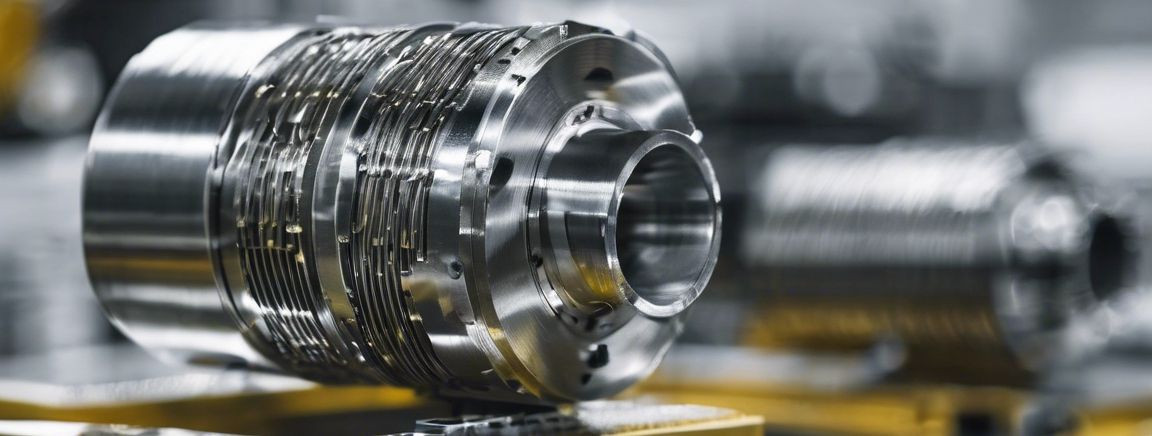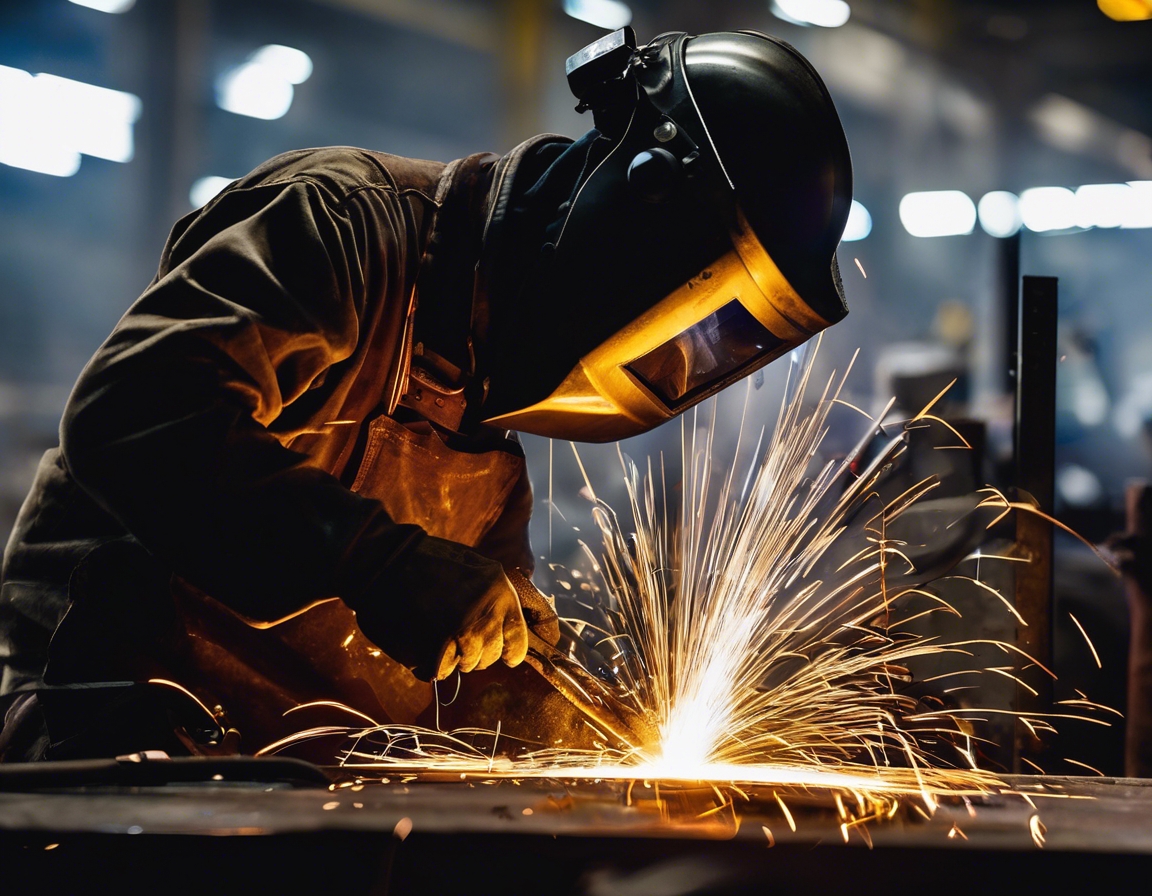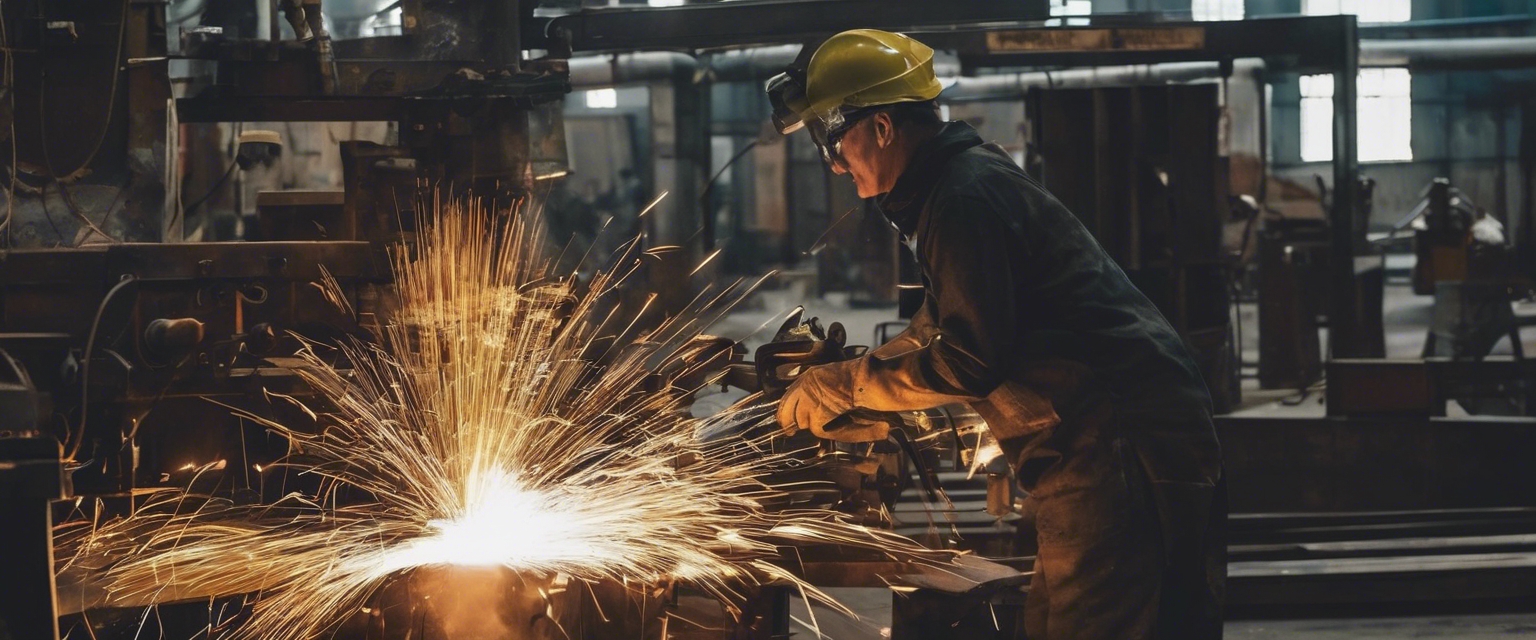Electropolishing: the secret to shiny, smooth metal surfaces
Electropolishing is a highly effective electrochemical process used to enhance the surface finish of metal parts. It is often referred to as the 'reverse plating' process, where metal ions are removed from the surface, resulting in a smooth, shiny, and corrosion-resistant finish. This technique is particularly valuable in industries where precision and aesthetics are paramount.
The Science Behind Electropolishing
Electropolishing involves submerging a metal workpiece in an electrolytic bath and applying a direct current. The metal part acts as the anode, while a cathode is placed in the solution. As the current passes through the solution, metal ions are dissolved from the surface of the workpiece, smoothing out microscopic peaks and valleys. This process not only enhances the appearance but also improves the metal's resistance to corrosion and contamination.
Electropolishing offers numerous advantages over traditional mechanical polishing methods. It provides a uniform finish, even on complex geometries, and can reach areas that are difficult to polish mechanically. Additionally, electropolishing reduces surface roughness, which minimizes friction and wear, and enhances the metal's reflectivity and cleanliness. This makes it an ideal choice for industries that demand high-quality finishes.
Applications of Electropolishing in Various Industries
In the construction industry, electropolishing is used to improve the durability and aesthetic appeal of metal components such as railings, fixtures, and architectural elements. The process ensures that these components maintain their luster and resist environmental degradation over time.
The automotive industry benefits from electropolishing by using it to enhance the performance and appearance of various components, including exhaust systems, engine parts, and decorative trims. The process helps in reducing friction, improving fuel efficiency, and providing a sleek, polished look that appeals to consumers.
In the electronics sector, electropolishing is crucial for producing components that require high precision and cleanliness, such as connectors, contacts, and semiconductor equipment. The process ensures that these components meet stringent industry standards for performance and reliability.
Electropolishing vs. Traditional Polishing Methods
Compared to traditional polishing methods, electropolishing is more efficient and precise. It can achieve a superior finish in less time and with less labor, reducing production costs. The process also eliminates the risk of surface contamination and mechanical damage, which are common with abrasive polishing techniques.
Electropolishing is considered an environmentally friendly process as it generates less waste and uses fewer chemicals compared to mechanical polishing. The electrolytic solutions used can often be recycled, further reducing the environmental footprint of the process.
Choosing the Right Electropolishing Service Provider
When selecting an electropolishing service provider, it is essential to consider their experience, capabilities, and commitment to quality. A reputable provider will have a proven track record of delivering high-quality finishes and will use state-of-the-art equipment to ensure precision and consistency. Additionally, they should adhere to environmental and safety standards, ensuring that their processes are sustainable and safe for both workers and the environment.






Comments (0)